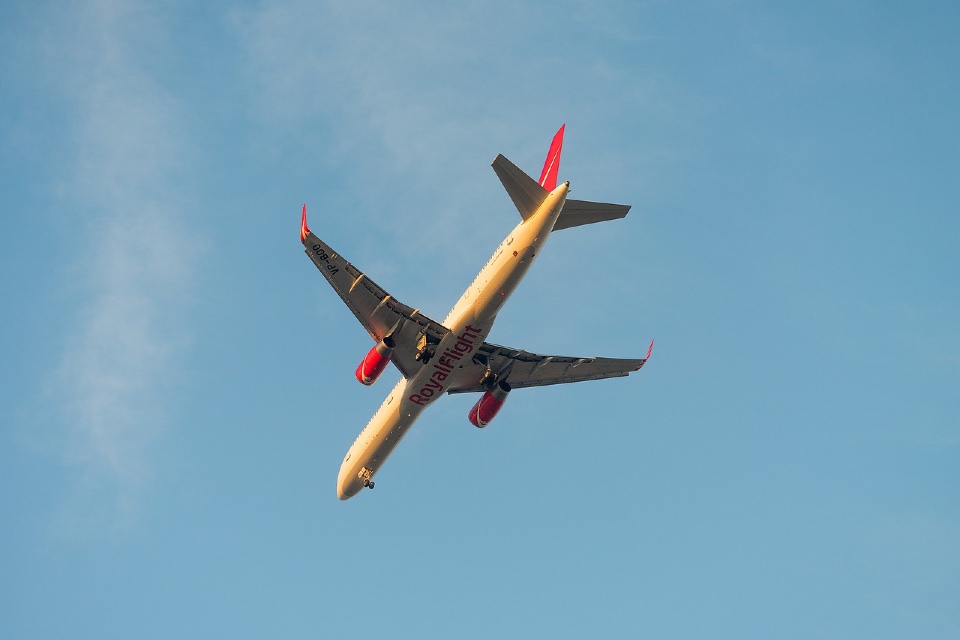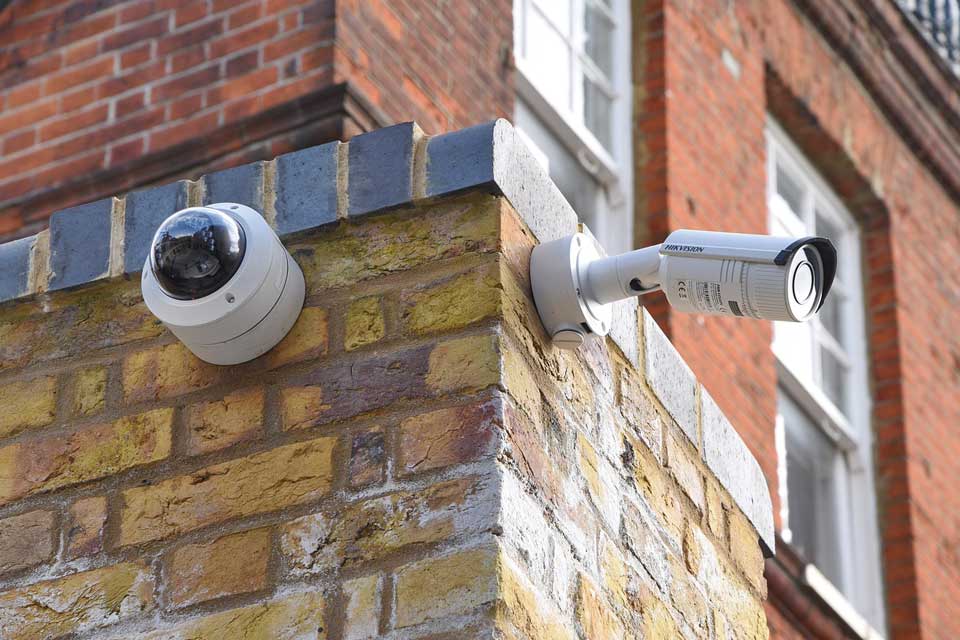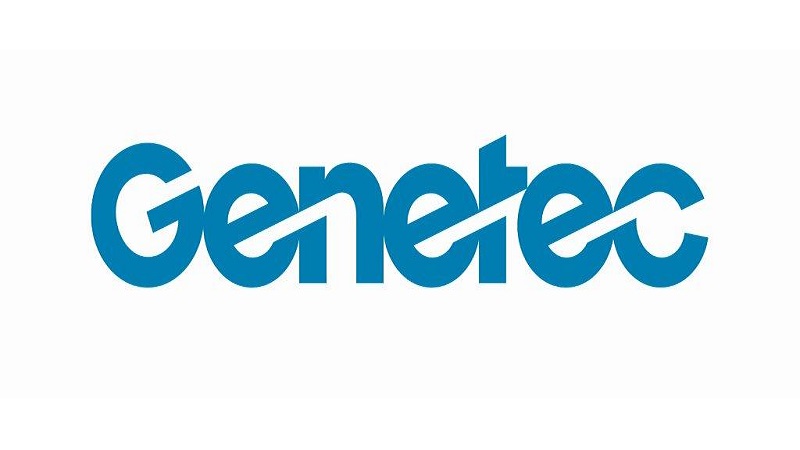Functional safety market to reach $8.9bn by 2030

According to the recent study published by P&S Intelligence, the functional safety market accounted for $4,839.2 million revenue in 2021, which is set to reach $8,990.6 million by 2030, growing at a 7.1% CAGR between 2021 and 2030. The report categorises the functional safety concept is applicable to a variety of businesses where modern technology […]
Global employers urged to put overseas emergency plans in place

The current situation in Ukraine has highlighted how quickly things can escalate and the vital need for employers with overseas staff to have an emergency plan in place in case of political or civil unrest. That’s according to Sarah Dennis, Head of International at Towergate Health & Protection said: “Employers need to be aware of the differences between […]
Evolving safety in care homes at entry and exit

In March 2020, along with all care settings, care homes had to rapidly adapt their existing practices in response to the pandemic. With vulnerable, elderly, and dependent residents; carers who attend to their needs; frequent visitors and external healthcare professionals, COVID-19 presented significant challenges. Whilst some of the restrictions that were enforced during the pandemic […]
Five tips to manage social distancing and limit contact with doors

Installers and specifiers are still not fully aware of the many options available to them to help manage social distancing and limit direct contact with ironmongery and doors, says the ASSA ABLOY Opening Solutions UK&I. In line with a recently updated guide from the Guild of Architectural Ironmongers and Finishes and Interior Sector, which outlines how […]
GUEST BLOG: Protecting students – Access control in accommodation & on campus

By 2020 CCTV It’s not unusual for a parent to be worried about their child when they venture off to university, especially when they’re moving out of the family home. And a video that went viral earlier last year that recorded students at Nottingham Trent University chanting racist comments in front of the door of […]
Guest Blog, Paul Dodds: Delivering security and privacy with video surveillance systems…

Paul Dodds is the country manager UK & Ireland at Genetec Inc. Paul has over 14 years security industry experience across installation, manufacturing and distribution. Having trained as an electronic engineer and installer, Paul has held senior positions with Xtralis, Honeywell and ESI With recent high profile cases in the media, it seems that the […]
Industry Spotlight – Basu: Sports fans and festival goers could become the next targets of terrorism…

Revellers at major sporting events and festivals this summer could potentially become targets for terrorism, according to the Metropolitan Police deputy assistant commissioner, Neil Basu, who said in a recent anti-terrorism briefing held at Wembley Stadium that sport and music venues are vulnerable due to the higher populations of people. With festival organisers and football club executives in attendance, Basu urged bosses to step up all security solutions […]

